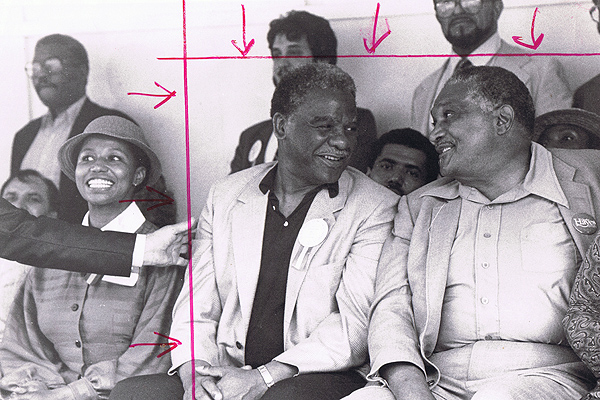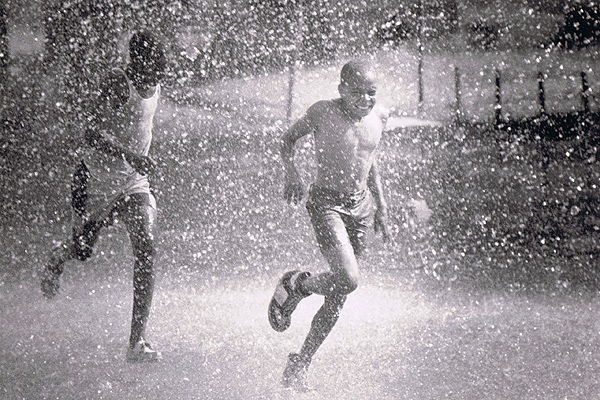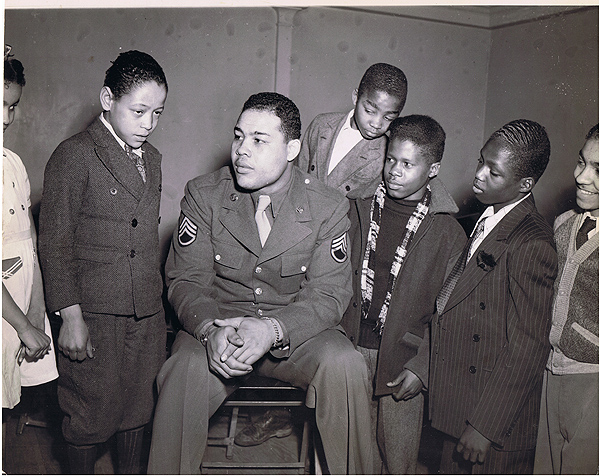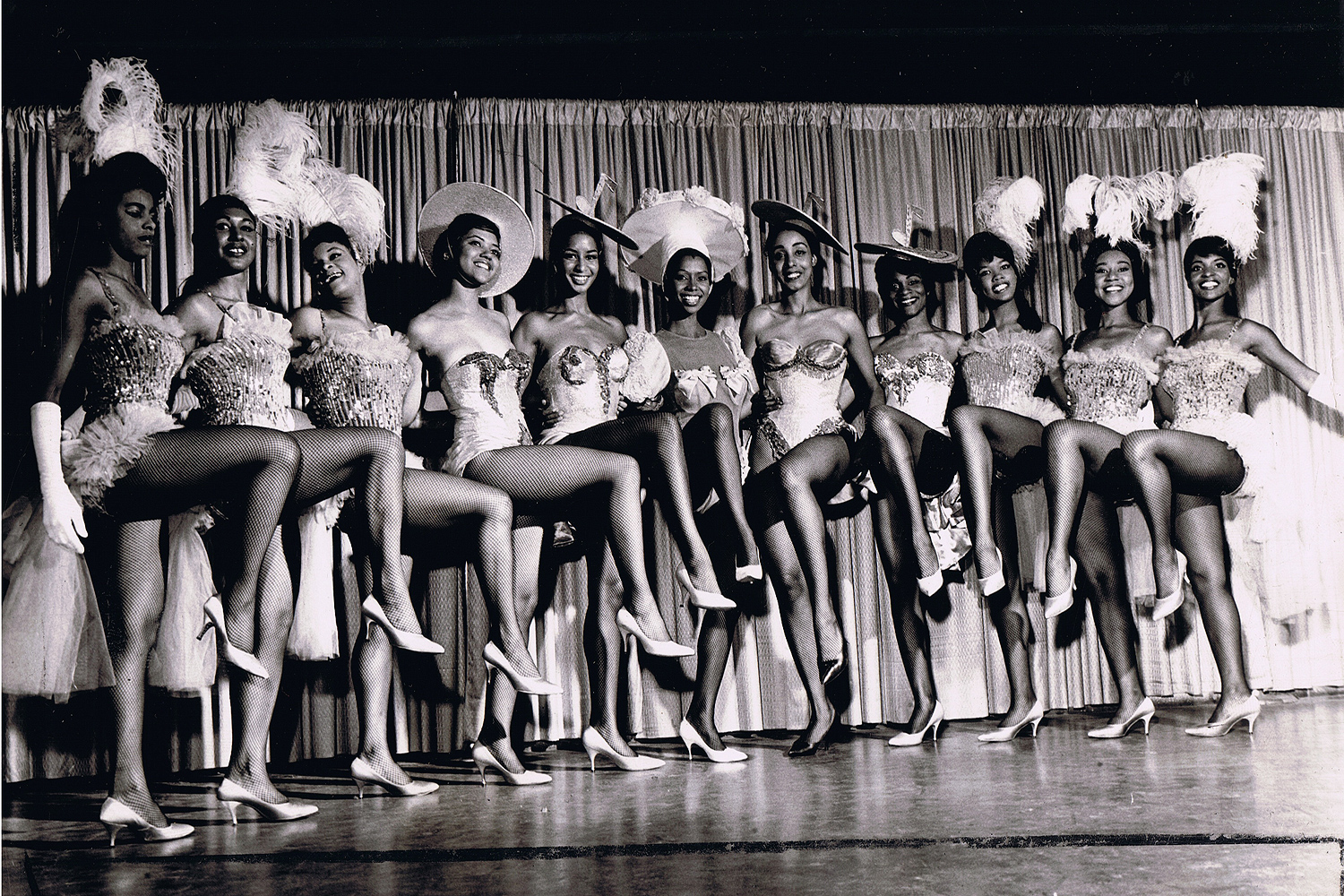Digitizing legacy. That's the job of the curators behind The Obsidian Collection – archivists for The Chicago Defender, Baltimore Afro American and other historically black newspapers in the United States. Their task is massive: digitize every image and article from newspapers that played a central role in the Great Migration, Civil Rights and Jim Crow eras. But they won't have to do it all alone. Google Arts & Culture is working with the Obsidian group on creating digital exhibits that can be free and searchable by anyone around the world.
That's just the first step, and it's huge.
"More than just digitizing it for researchers, I'm passionate about the next generation seeing how awesome we are and in changing the narrative permeating the American conversation right now about African Americans," says Angela Ford, who is helming the project and is excited about how it will add a more accurate variety of African American image metadata to the Google brain trust.

"What happens is a lot of these archive collections speak in an echo chamber of libraries and archives where it just doesn't get out to the laypeople. What I love about Google Arts and Culture is you could be standing in line at the grocery store and viewing our archives. We'll keep rotating them in and out and keep pushing them through social media. We want everyone to see us."
Eight exhibits are live on Google, giving people access to a wide range of images, from famed boxer Joe Louis at home in Chicago to coverage of a 1959 housewares show that illustrates how middle class black families lived at the time.
Obsidian already has an image of Harold Washington sitting with a young Carol Moseley Braun, except she was cropped out the image. There's a water splattered image of children running through the spray of an open fire hydrant on 44th and Champlain, circa 1987. Even the mundane is fascinating, says Ford.

"The Defender had a housewares show in October 1959 and it was a big deal," says Ford. "It cost a quarter to get in and we have pictures of all the black people promoting their products and Whirlpool was there with their miracle kitchen. We were separate from mainstream America and a lot of things went on in our community that shows a black middle class home."
Ford is also working with her board—which includes people who have worked with the Smithsonian's National Museum of African American History and Culture—on the larger issues that include the creation of virtual reality online exhibits.
"Google Culture Institute in Paris has invented the capacity to create virtual 3D spaces from a photograph," says Ford, discussing the possibilities involved in using old picture to create virtual realities. "The question is, are we altering the art?"

A lot of this work is already on microfilm, but moving it to an online space will make it easier to access via smartphone, which is the end goal. Obsidian will slog through uploading everything to their own website and meanwhile, visitors will soon be able to head to Google Arts & Culture for a taste of what's to come.
"Google's arts and culture strategy is that everybody in the world can access everybody in the world and that will create a new world," says Ford. "We want to make sure we are part of that conversation."
Adrienne Samuels Gibbs (@Adriennewrites) is a Chicago-based writer.




